10 Pics About the Loudest Sound Ever, Causing Anyone Within 10 Miles to Go Deaf
*grabs earplugs*
Published 5 months ago in Wow
Of all the loud noises that have ever graced our ears — sonic booms, blue whales, and chewing popcorn in an otherwise silent movie theater — none compare to the Krakatoa eruption of 1883. Allegedly deafening anyone within a 10-mile radius, this turn-of-the-century volcanic explosion is one for the books — and a whole host of otolaryngologists.
From the island's history to its lasting legacy (hint: you've probably seen it in a painting) here are 10 pics about the loudest sound ever.
2
An Active History
Krakatoa’s wrath has been long documented by local historians. With an early recorded eruption in 416 AD, the volcano earned the nickname of "The Fire Mountain" during the Middle Ages, when the Sailendra dynasty ruled over Java. There were reportedly seven more recorded incidents of volcanic activity between 850 AD and 1530 AD with one moderate eruption in 1680 AD.
4
The Waiting Game
Starting in May 1883, clouds of ash and dust started slowly emerging from the volcano. Lasting for months, these strange happenings caught the attention of not only locals, but also several ship captains. Sparking celebrations and a handful of scientific expeditions to the area, witnesses marveled at smaller eruptions, including one that left the island coated in soot and ash.
6
Extremely Loud And Not-So Incredibly Close
Considered to be the loudest sound in human history, the eruption rang over roughly 10% of the earth’s surface, per the National Centers for Environmental Information. But while Australians may have heard a sound akin to gunfire blasting in the distance, the reality was a lot worse for locals and visitors. Some reports claim that anyone within a 10-mile radius would have gone deaf from the boom.
7
In The Dark
But hearing was not the only sense impacted by the blast. Alongside pumice rocks like the one pictured here, plumes of ash shot 50 feet into the sky, leaving the area in the dark for roughly three days. Across the globe, several locations in Europe experienced darkened skies and shocking sunsets as a result of the explosion.

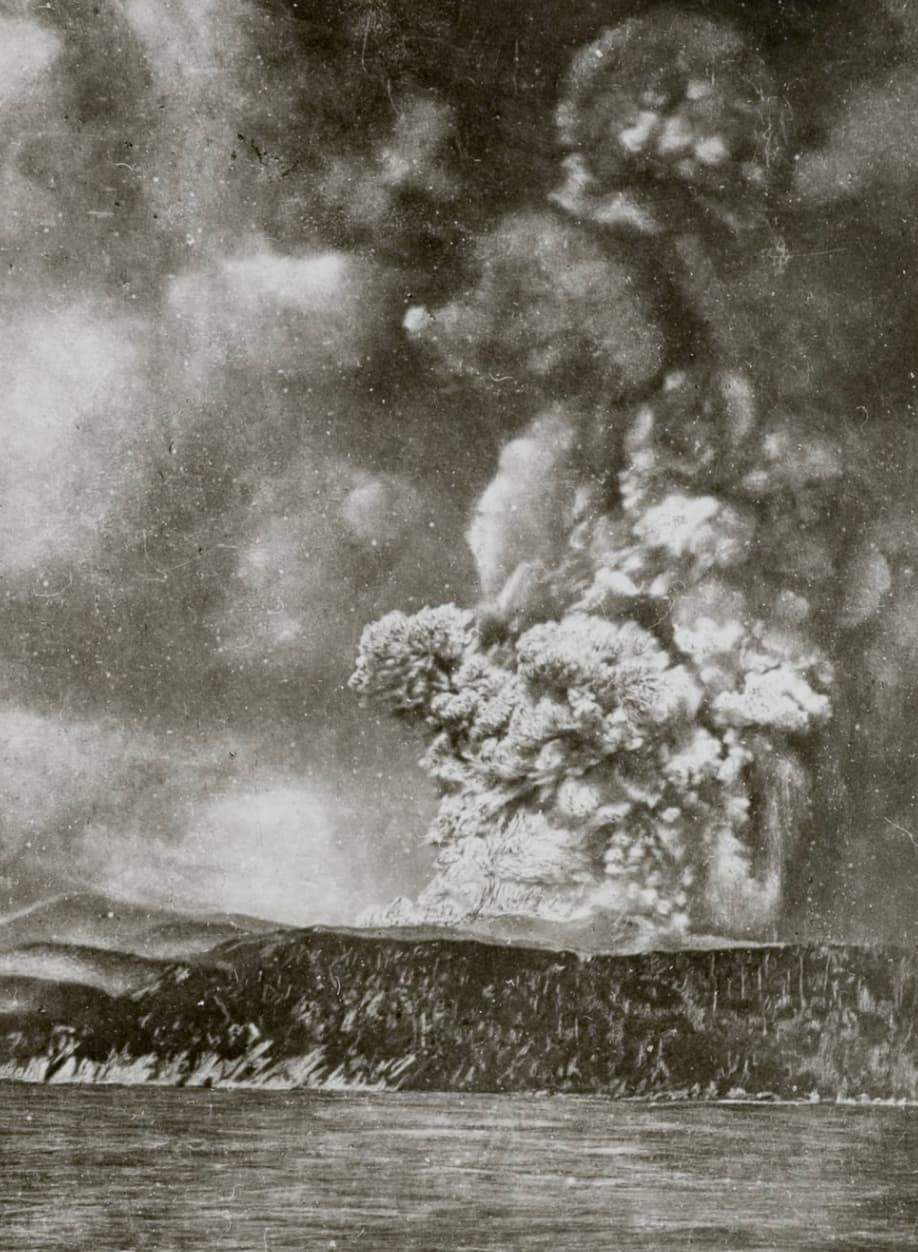
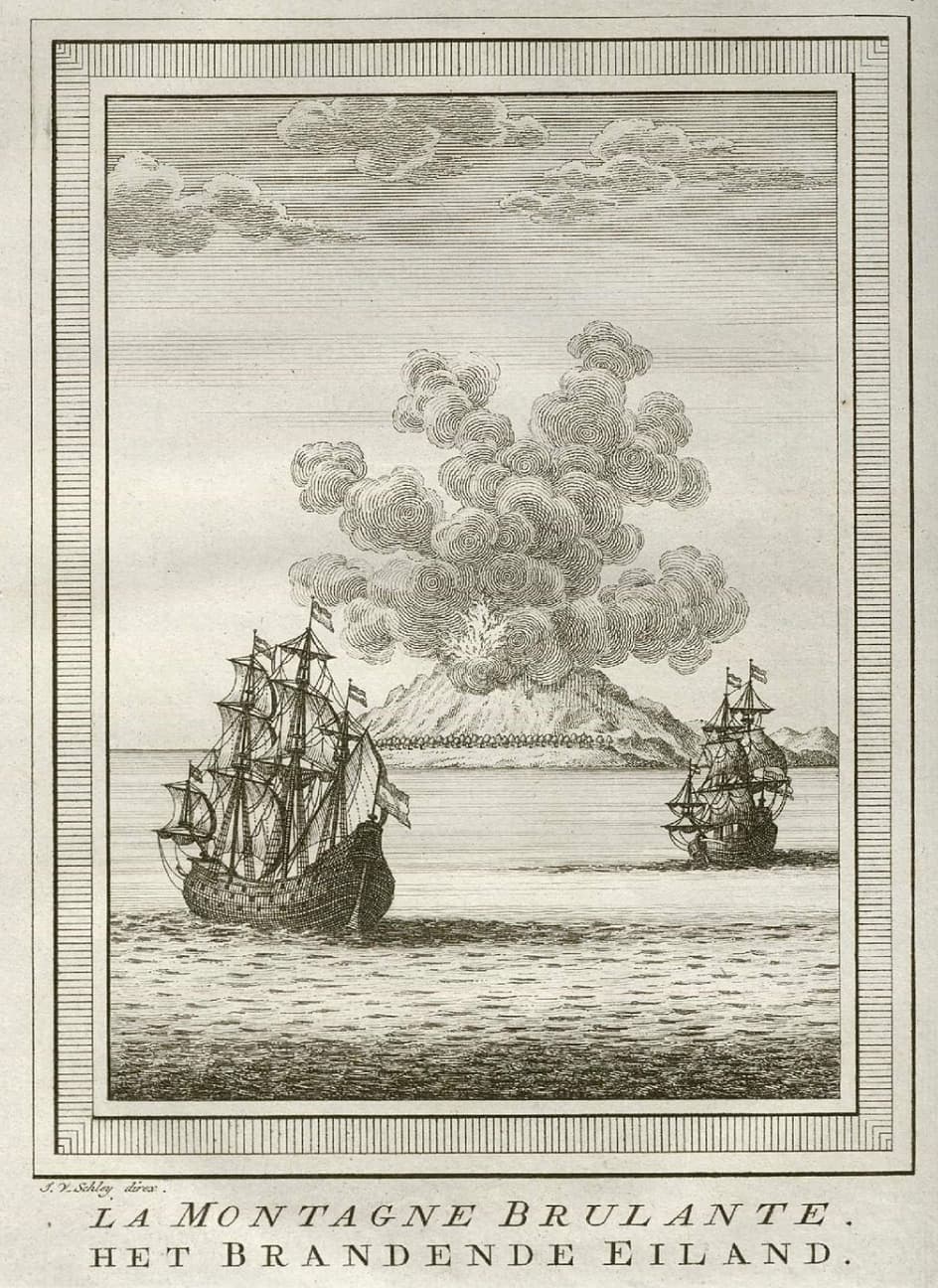


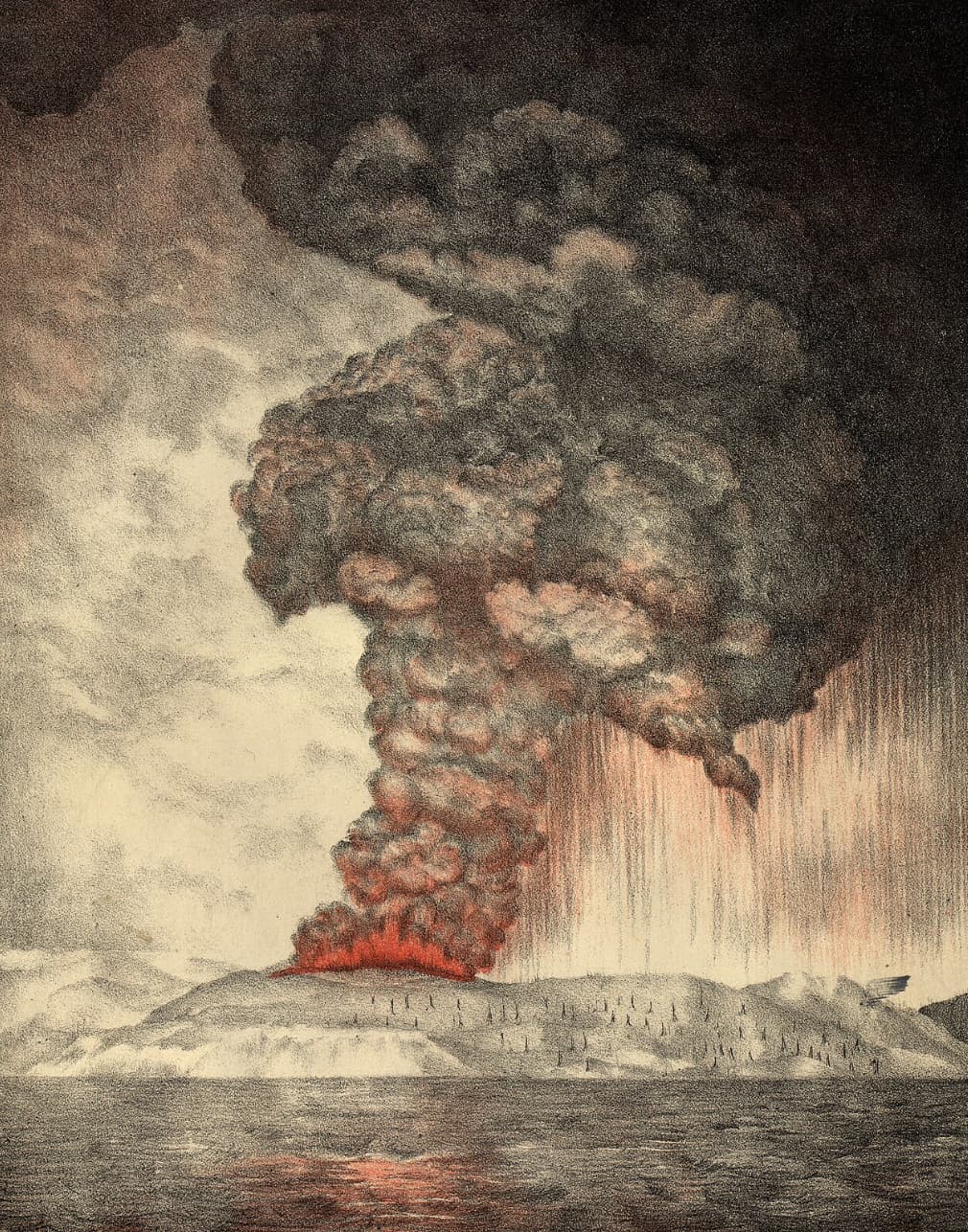
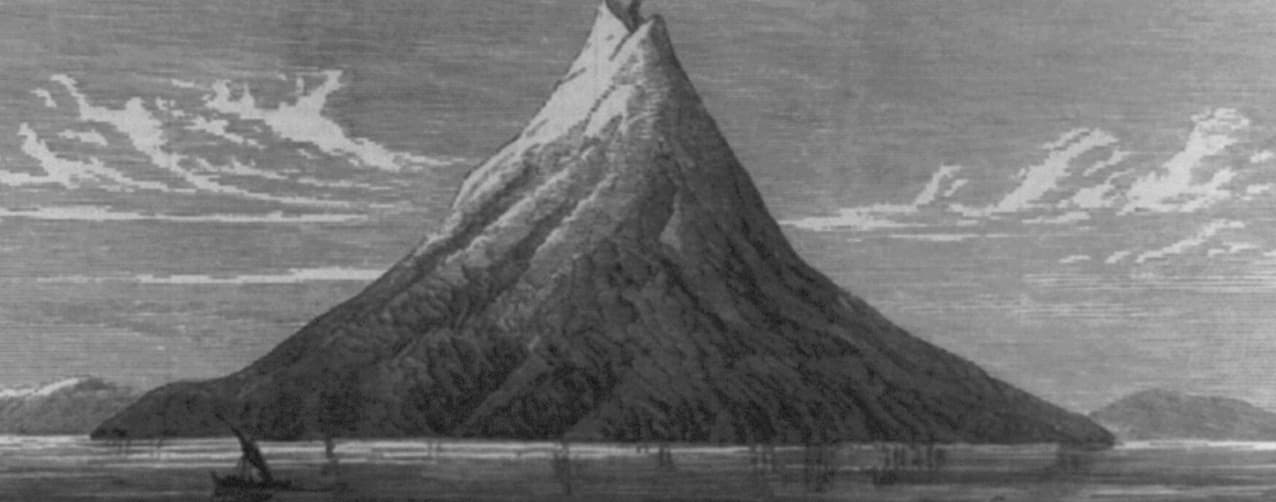

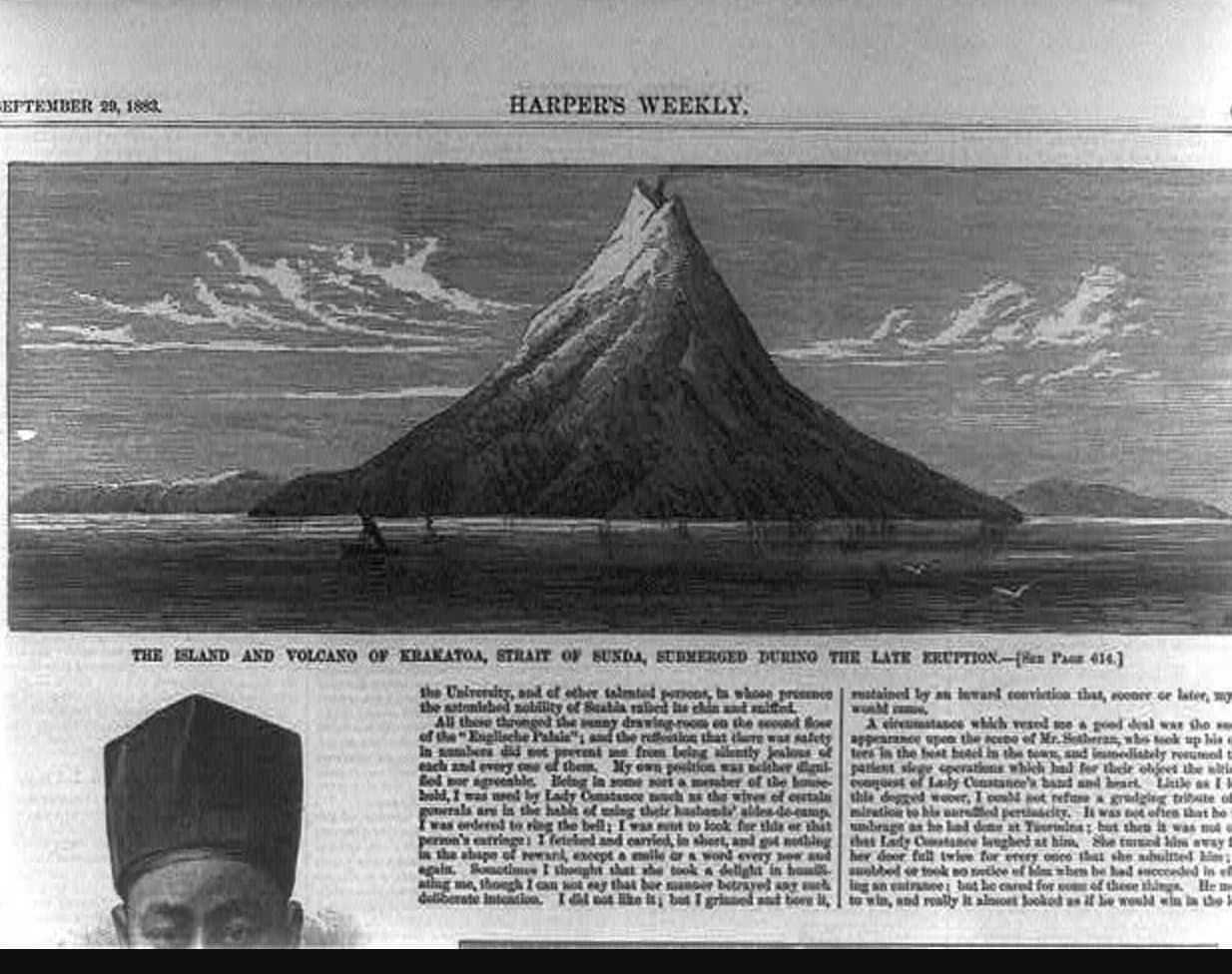
.jpg)



